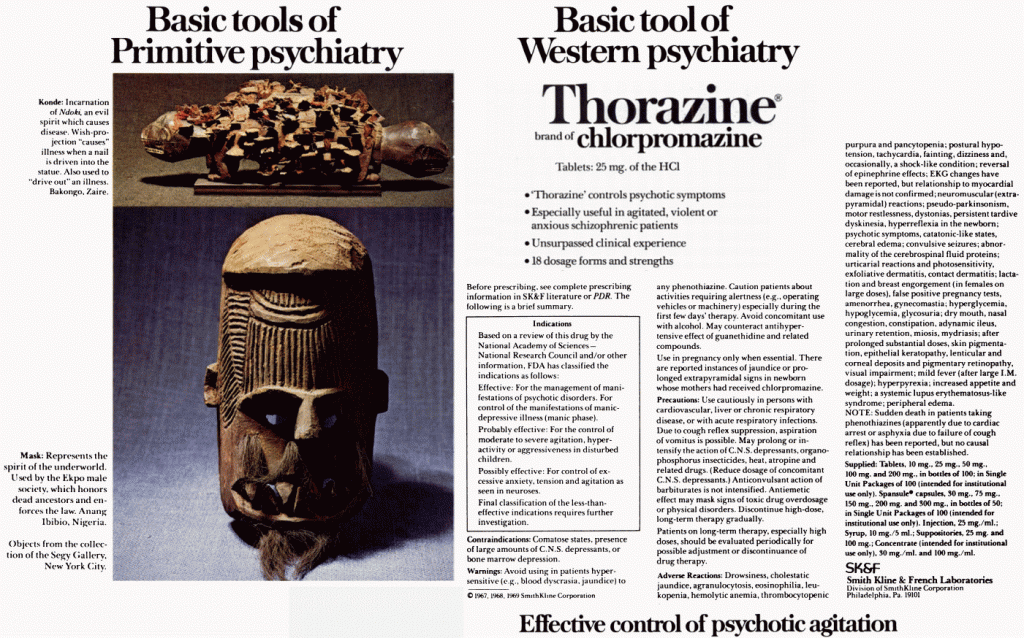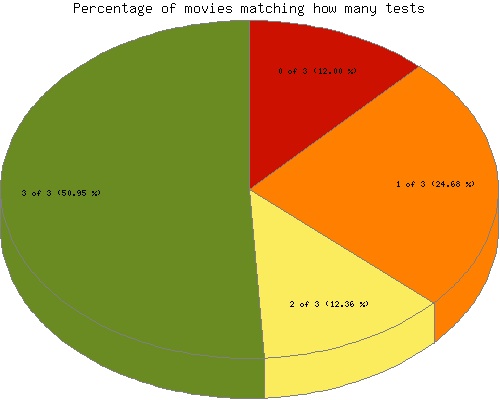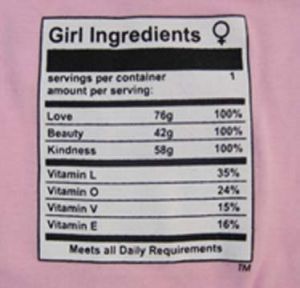Earlier this month, The New York Times and Foreign Policy both reported on the United Nations population forecast for the next 100 years. According to the report, rather than hitting 9 billion at mid-century and then leveling off, the world’s population is likely to climb to 10 million and keep going. The cause: a fertility boom in the global south –– Africa, Asia, Latin America. Such growth, according to the report, if unchecked, will have dire consequences on a world already facing shortages of food, available water and other life-giving resources.
In reporting the story, both the Times and Foreign Policy used pictures of women and their children, but the way they used the pictures was somewhat chilling. For example, the Times ran a photo of several women of color under the heading: “Coming to a Planet Near You: 3 Billion More Mouths to Feed.”
Additionally, Foreign Policy ran a photo under the sub-headline: “Why ignoring family planning overseas was the worst foreign-policy mistake of the century.” It featured a picture of dark-skinned women with a child.
These photos, paired with the headlines and the dire predictions in the stories of what’s to come should the global south’s fertility boom remain unchecked, tap into anxieties about women’s bodies and link the coming doom and gloom directly to them. The Times headline, warning of “3 billion more mouths to feed,” is combined with seven new mothers in Manila; positioned in a long row, they crowd the frame of the photograph as they are imagined to crowd the planet. While the Foreign Policy sub-headline inspires fear, saying that allowing the burgeoning birth rate was the “worst… mistake of the century.” Its photo features two women and a child in the foreground. In both cases the focus on women makes it seem as if men have no role in reproduction at all.
Whether they meant it or not, such a juxtaposition does little more than demonize women –– particularly poor women from developing countries –– as directly responsible for the problem of overpopulation and its solution. While the commentaries herald funding for family planning and education –- both great ideas –– they contain no conversation about economic systems that create or maintain poverty in certain parts of the world; how patriarchy and systems of male-centered power prevent women from being able to control their own reproduction; and how international development money too often comes with strings attached that restrict government resources for education and health care, especially for women, who too often are the ones who bear the hardest brunt of poverty and the greatest social opprobrium.
Here’s what an alternative might look like: GOOD Magazine discussed the U.N. report and the coming population boom. Its focus: How responsible living in the United States and other wealthy countries can help ensure food for all. The photo that ran with the commentary: a photo of the planet Earth.
Barbara Yuki Schwartz is a doctoral student in the Theology, History and Ethics program at Garrett-Evangelical Theological Seminary in Evanston, Ill. She studies postcolonial and poststruturalist theory, political theory and theology, trauma studies, and is interested in how body, community and psychic life intersect and influence theology and liturgy. She blogs regularly at Dialogic Magazine.





















